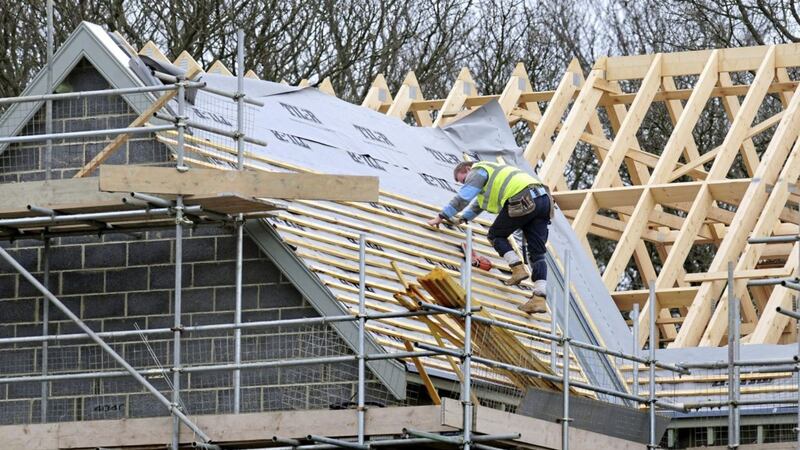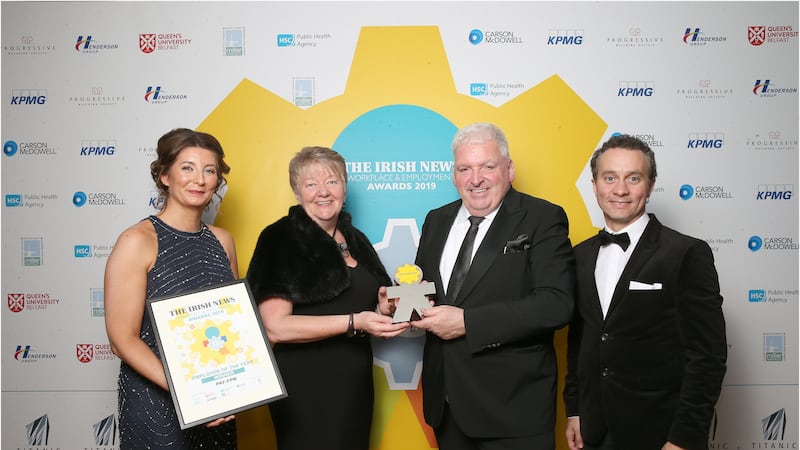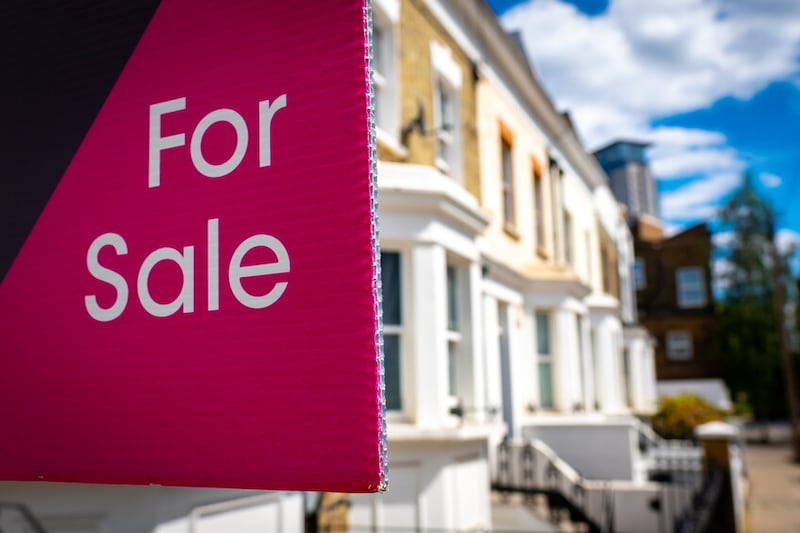PARTS of Tyrone, Fermanagh, Armagh and Co Down have recorded the sharpest rise in house prices, but home sales are down in most areas, new official government data has shown.
The House Price Index, compiled by Land and Property Services (LPS) with the Northern Ireland Statistics & Research Agency (NISRA), is based on stamp duty data recorded by HMRC.
The index increased by 2.3 per cent between the second and third quarter of 2019, the fastest quarterly rate growth since 2016.
It left the index four per cent up on the third quarter of 2018, the highest for a decade, but still well below the pre-recession peak of 2007.
Derry City and Strabane was the only district in the north to report a quarterly decline. It fell 3.1 per cent between the second and third quarter, well below the rates recorded elsewhere.
The total number of residential properties sold here during the third quarter (6,010) was down on the 6,570 recorded during the same period in 2018.
Fermanagh and Omagh (5.3 per cent) and Armagh City, Banbridge and Craigavon (4.9 per cent), recorded the sharpest quarterly growth on the index, with Fermanagh and Omagh now up 7.6 percent up on the same period last year, just ahead of Armagh, Banbridge and Craigavon (ABC) on 7.5 per cent.
Both districts remain well below the £140,000 average house price for the north, with the ABC area still the second cheapest on average (£125,400)
At £120,100, Derry and Strabane now has the lowest average house price by far.
Lisburn and Castlereagh remains the most expensive area on average to buy a home (£164,900).
In terms of actual sales, Belfast topped the table at 1,190 during the third quarter, but that was 40 fewer than in 2018.
Outside of Belfast, Ards and North Down (780) and ABC (620) recorded the most home sales.
Despite the sharp rise in prices the number of sales across Fermanagh and Omagh fell from 280 to 220. Residential deals in Mid Ulster were also down from 340 to 280.
Ulster Bank chief economist Richard Ramsey said an eight-year steady rise in house sales appears to have come to an end in 2019.
“A dip in transactions looks likely in 2020 particularly given the slowdown in the rate of house building,” he said.
Last year saw a nine-year high of completed dwellings in the north (7,644). While 2019 will likely see a similar number, the economist said the signs point to a drop from 2020,
“During the first nine-months of the year there were just 5,552 housing starts. That’s 18 per cent below the corresponding period last year and the fewest number of units in four years. Planning and lack of essential infrastructure (notably sewerage) are increasingly a factor behind this slowdown in the rate of building,” he said.
The economist said the wane in completions will likely drive up prices further.
Belfast-based real estate agent Samuel Dickey has said the imbalance between supply and demand continues to be the main driver of price growth in the north’s housing market.
Mr Dickey, who is the spokesperson for the Royal Institution of Chartered Surveyors (RICS), was speaking as the trade body produced its latest residential market survey.
He said that new builds and first-time buyers continue to be the strongest contributing factors to the housing market.
“As we approach winter and the Christmas period, it is expected that resales activity will ease back, but I believe there is still significant latent demand in the market that could be realised in the new year,” he said.








